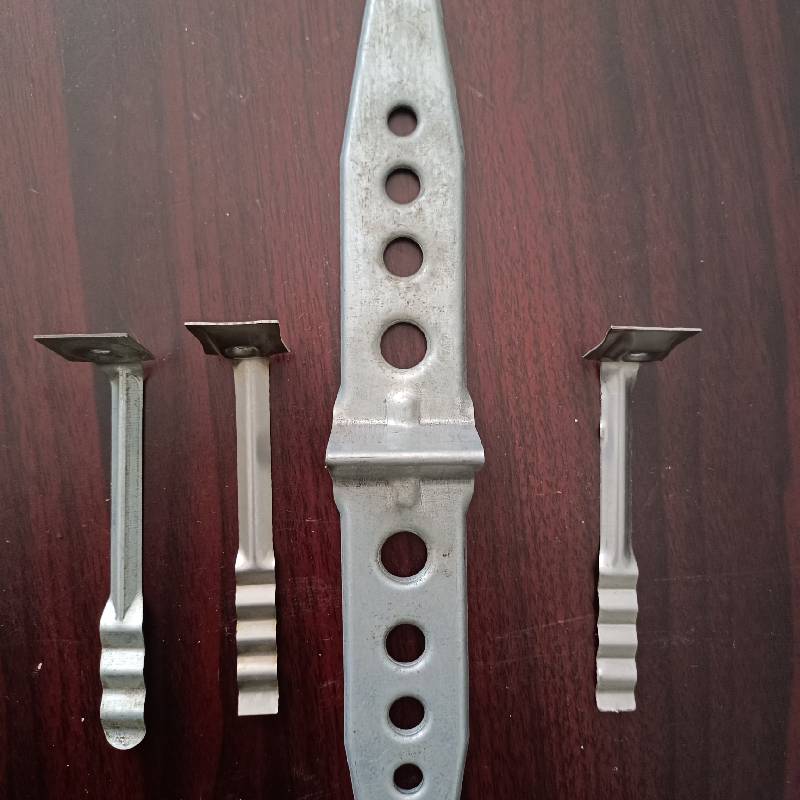
- Mobile Phone
- +8613931874955
- sales@cntcmetal.com
Exploring Current Market Trends and Prices for Chicken Wire Mesh Products and Solutions
Understanding Chicken Mesh Prices Factors and Trends
Chicken mesh, commonly known as poultry wire or chicken wire, plays a vital role in the poultry industry and in gardening. It serves as a protective barrier for chickens, keeping them safe from predators and preventing them from wandering off while allowing air and light to penetrate. As the demand for chicken mesh continues to grow, understanding its pricing dynamics has become crucial for farmers, gardeners, and industry stakeholders alike.
Factors Influencing Chicken Mesh Prices
1. Material Quality The price of chicken mesh largely depends on the type and quality of materials used in its production. Traditionally, chicken mesh is made from galvanized steel, which is coated to prevent rusting and corrosion. Higher-quality materials often come at a premium price, but they tend to last longer, providing better long-term value.
2. Mesh Size and Thickness Chicken mesh comes in various sizes, with smaller openings being generally more expensive due to the intricacy of manufacturing and the amount of raw material required. Additionally, thicker wires provide more durability and security but also contribute to higher costs.
3. Manufacturing Process Depending on the manufacturing techniques—such as welded mesh vs. woven mesh—the production costs can vary significantly. Welded mesh, typically being more robust, is priced higher than its woven counterparts. This difference is essential for buyers who prioritize strength and longevity.
4. Geographical Location Prices can fluctuate based on regional demand and supply. In urban areas with a growing interest in backyard poultry farming, prices may be higher due to increased demand. Conversely, regions with abundant suppliers might see more competitive pricing.
chicken mesh price

5. Market Trends and Economies of Scale The overall market dynamics also play a significant role. Global supply chain issues, raw material shortages, or increased shipping costs can lead to price hikes. Conversely, a surplus of production can drive prices down. Observing these trends can give buyers insight into when to purchase.
Seasonal Variations
The price of chicken mesh can also exhibit seasonal variations. For instance, spring and summer months see an increase in demand as many individuals begin backyard gardening or poultry farming in preparation for warmer weather. During these peak seasons, prices may rise due to heightened demand. In contrast, during cooler months, prices may stabilize or even drop as demand decreases.
Purchasing Strategies
For anyone looking to purchase chicken mesh, considering timing and sourcing from reliable suppliers is critical. Bulk purchasing can often lead to discounts, especially if buying from manufacturers or wholesalers rather than retail outlets. Additionally, exploring online marketplaces can provide insight into the going rates and potential deals.
Conclusion
Understanding the factors influencing chicken mesh prices is essential for anyone involved in poultry farming or gardening. By taking into account material quality, size, manufacturing processes, geographical considerations, and seasonal variations, buyers can make more informed decisions. In an ever-evolving marketplace, staying tuned to trends and pricing strategies will ultimately lead to smarter investments and improved outcomes in their agricultural or gardening endeavors. As the demand for backyard poultry farming continues to rise, being educated about the nuances of chicken mesh pricing can empower stakeholders to navigate the market effectively.
share:
-
Your Source for Concrete Wall Ties and Masonry AccessoriesNewsJul.10,2025
-
Unlocking the Power of Iron Wire for Every ProjectNewsJul.10,2025
-
Explore Advanced Chain Wire and Stainless Steel Mesh FencingNewsJul.10,2025
-
Discover the Benefits of Annealed Wire ProductsNewsJul.10,2025
-
Discover China Stainless Steel Wire Mesh SolutionsNewsJul.10,2025
-
Build with Confidence Using High-Performance Masonry AccessoriesNewsJul.10,2025
-
Why Sacrificial Formwork Is Redefining Underground ConstructionNewsJun.06,2025



















